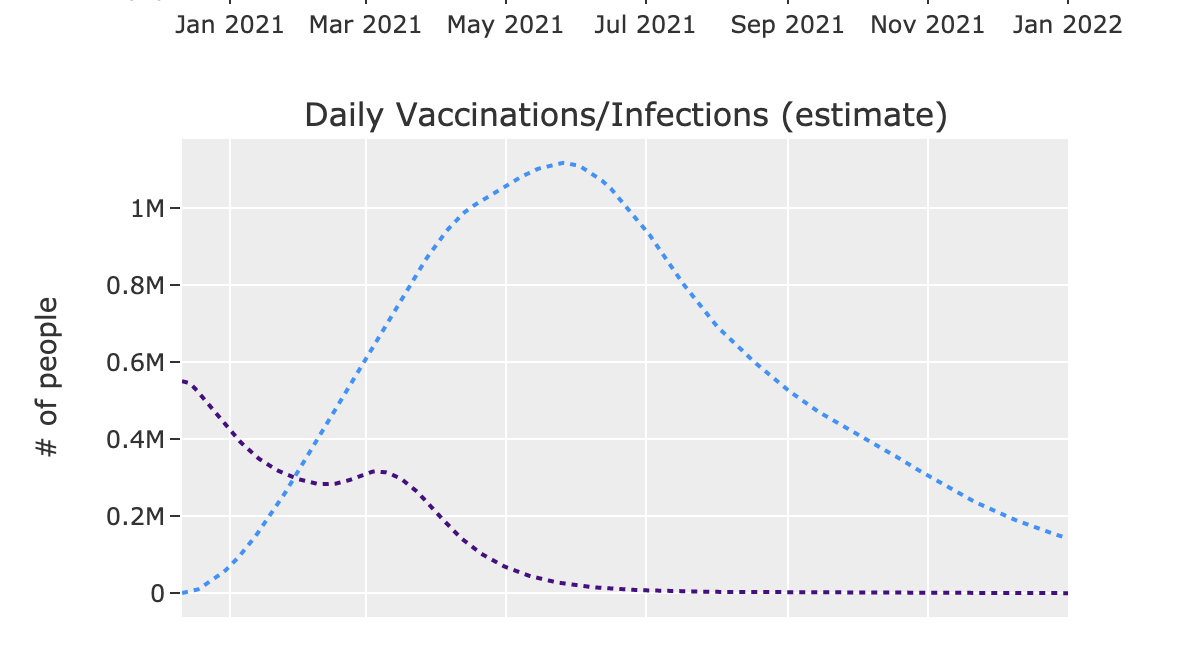
If we vaccinate 10 million people today, statistically 300 of them will die the very next day. Regardless if they actually got vaccinated or not.
Over the next months, it's important to watch for misinformation that blames adverse events on the vaccine.
Over the next months, it's important to watch for misinformation that blames adverse events on the vaccine.
https://twitter.com/Bob_Wachter/status/1333966348972539904
Below is an example of the misinformation that can spread.
The annual incidence of Bell's palsy is ~25 per 100k. There were 4 cases out of 40k participants.
The FDA concluded it's "consistent with the expected background rate in the general population."
The annual incidence of Bell's palsy is ~25 per 100k. There were 4 cases out of 40k participants.
The FDA concluded it's "consistent with the expected background rate in the general population."
https://twitter.com/Timcast/status/1337043496230932483
In statistics, this is a simple application of something called Bayes Rule.
In essence, we must consider the likelihood of an event happening independently.
For ex: a 90-year-old has a 1 in 6 chance of dying within a year. So this happening after a vaccine would not be unusual.
In essence, we must consider the likelihood of an event happening independently.
For ex: a 90-year-old has a 1 in 6 chance of dying within a year. So this happening after a vaccine would not be unusual.
Furthermore, if you monitor for thousands of illnesses, of course you will find some that have a higher-than-usual incidence.
The same issue occurs when looking for statistical significance in academia: if you look at 1000s of variables, you can always find significant ones.
The same issue occurs when looking for statistical significance in academia: if you look at 1000s of variables, you can always find significant ones.
• • •
Missing some Tweet in this thread? You can try to
force a refresh












